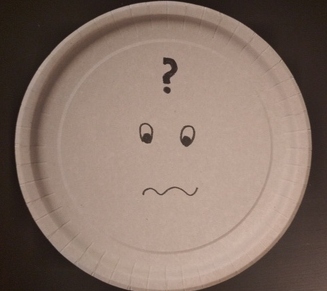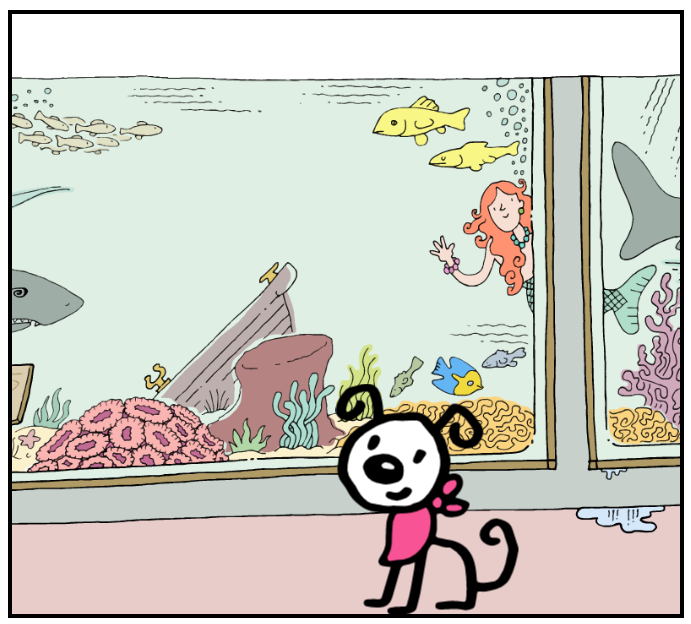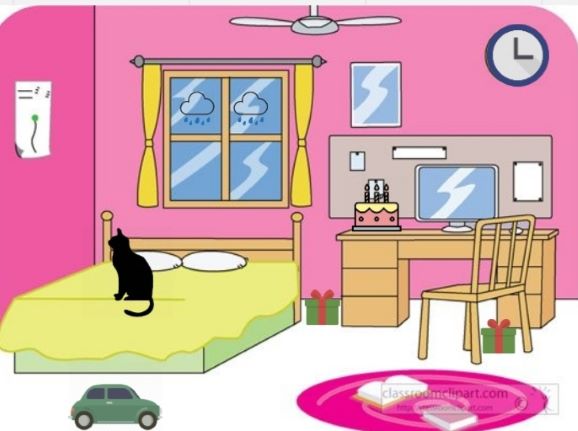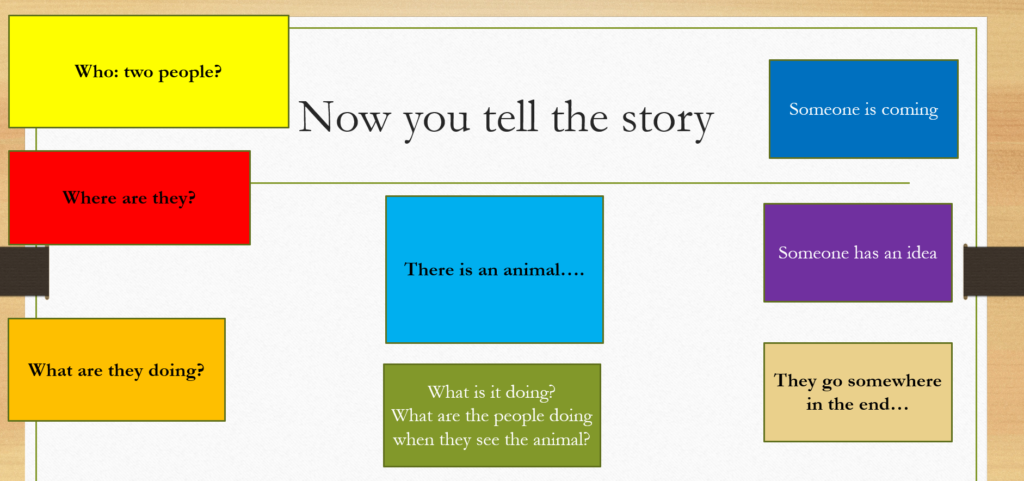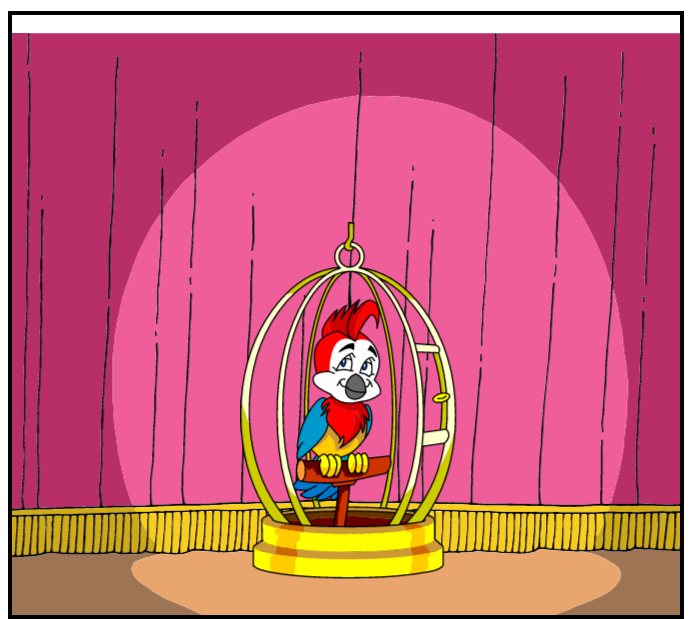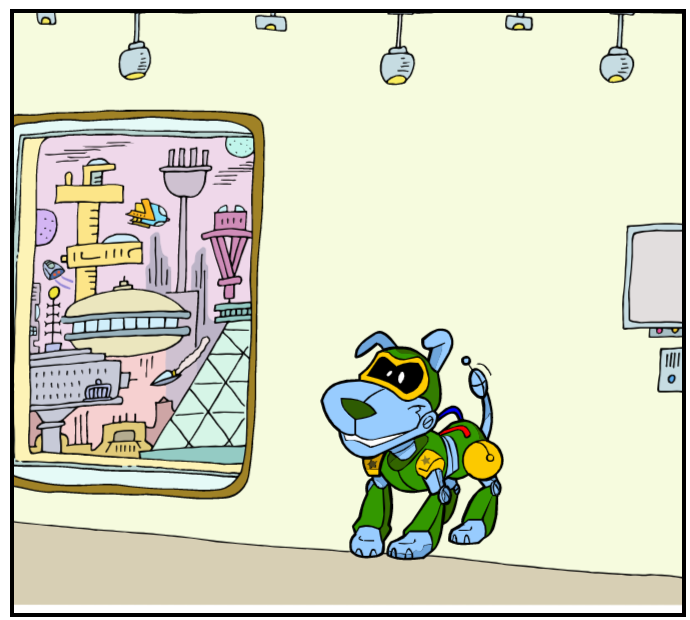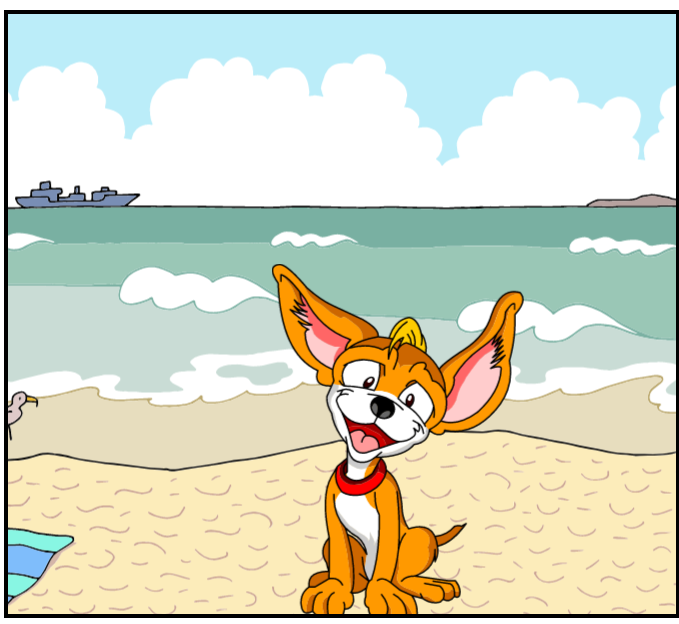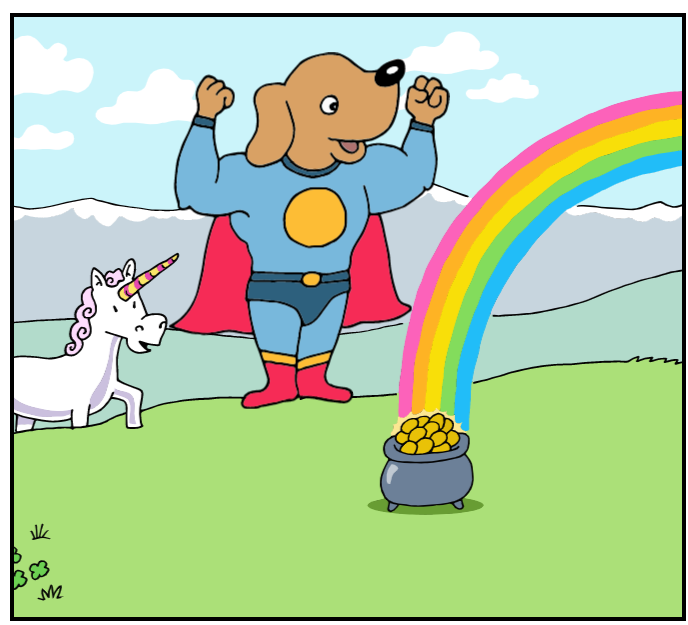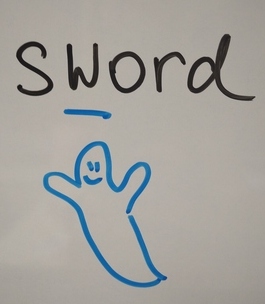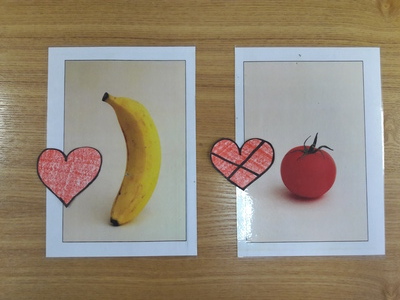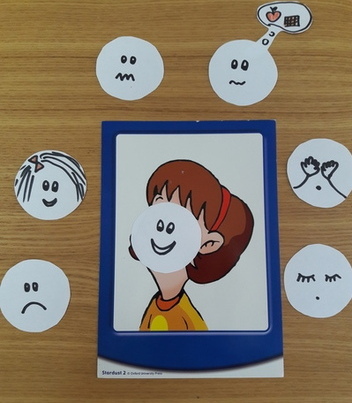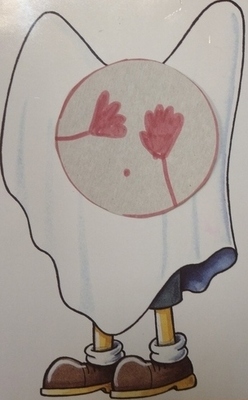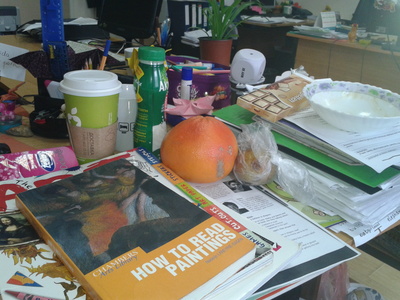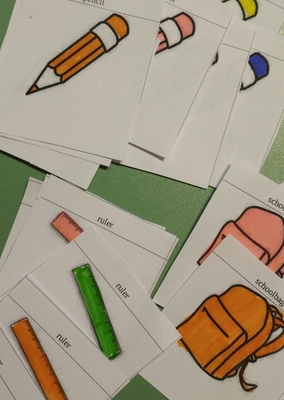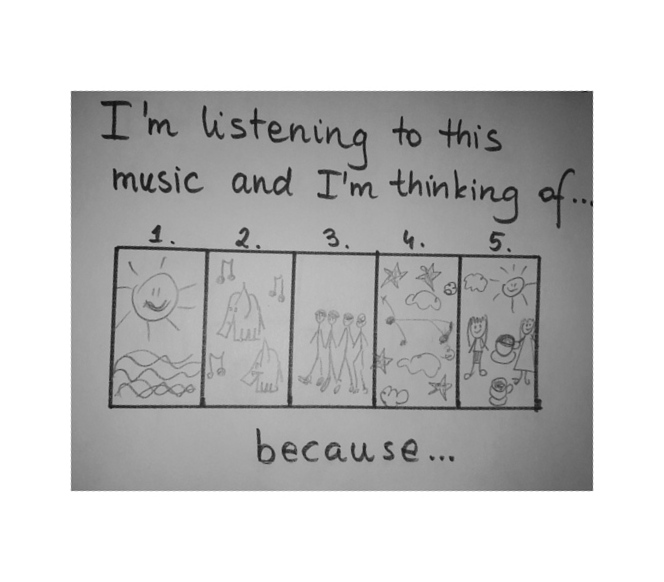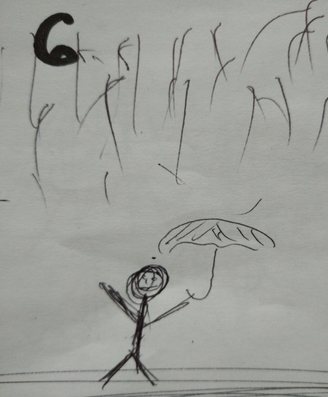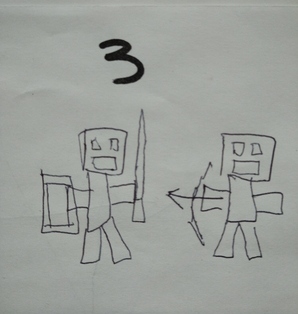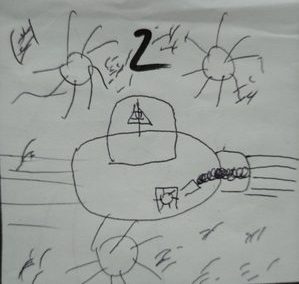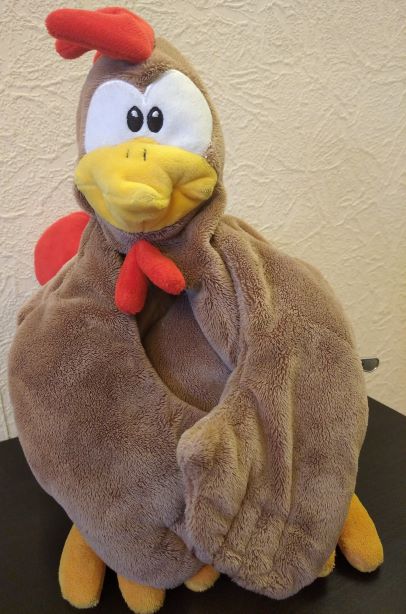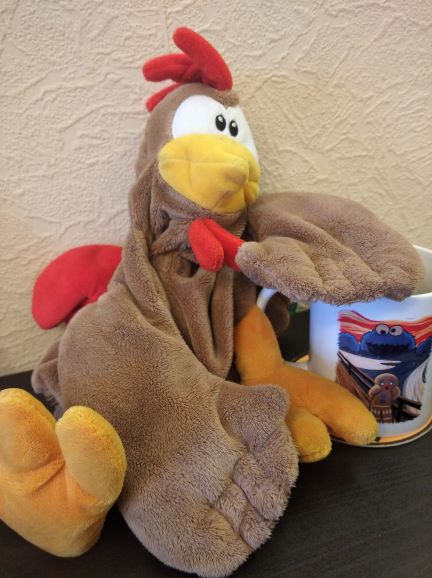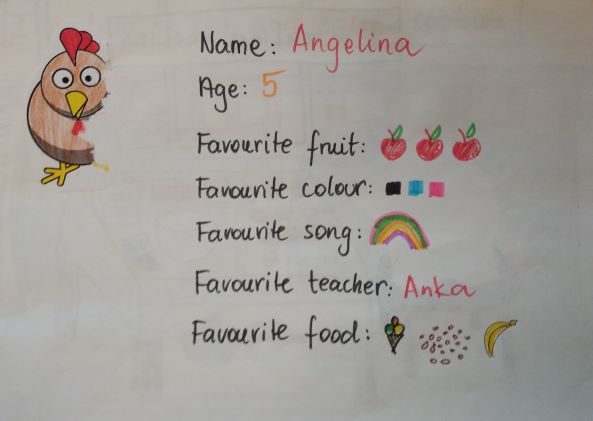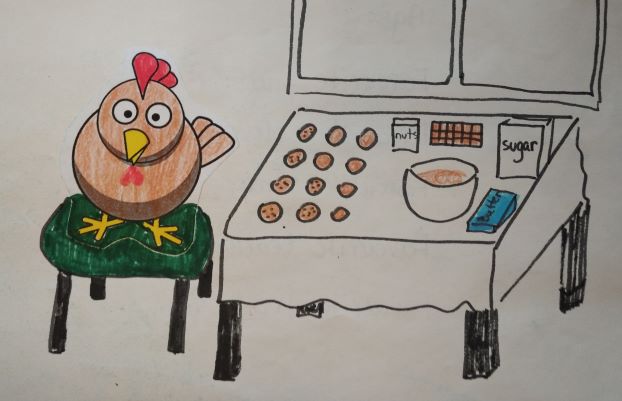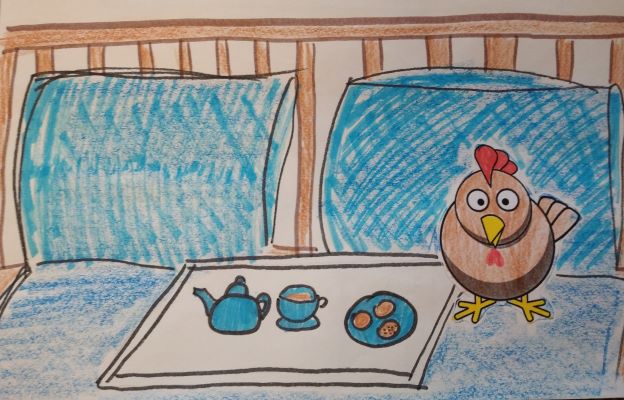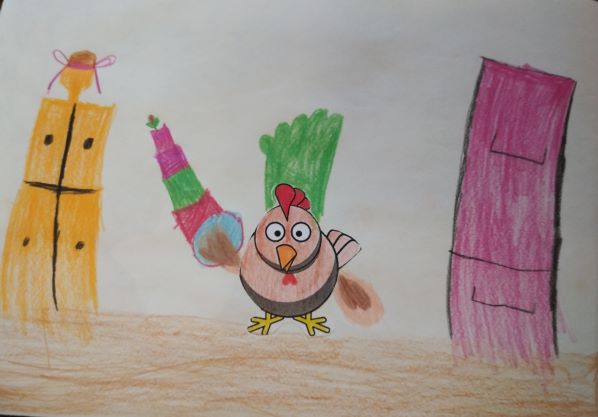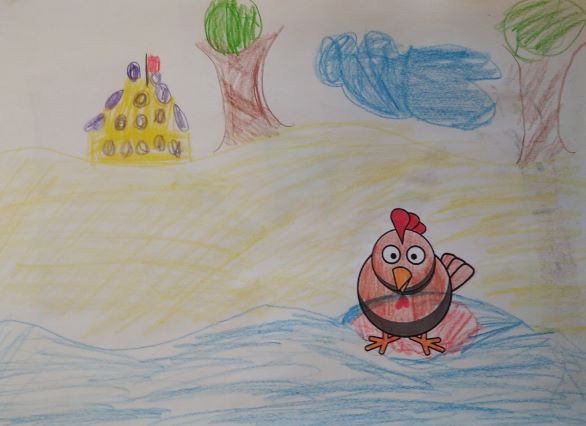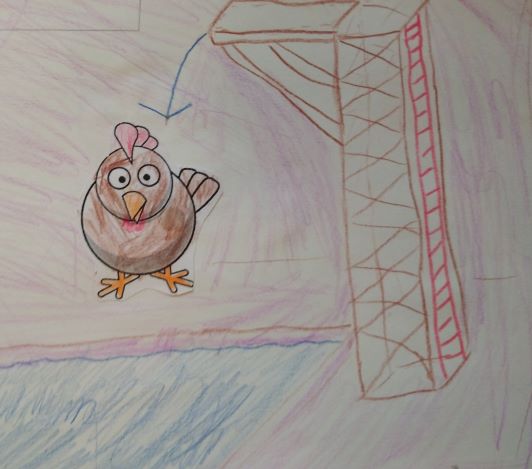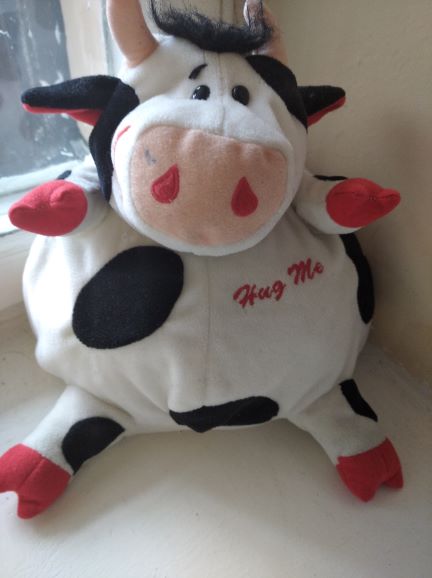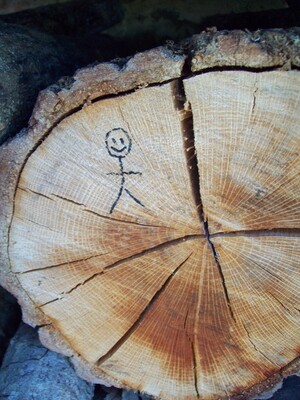
This is still one of the top 5 among the most popular posts on this blog. But it was written about a year and a half ago. It looks like the high time for part 2. Here it is.
There is only one picture…
A to Z picture: teacher writes the alphabet on the board, students work in pairs or in teams, they talk about the picture by naming the word or words beginning with each letter of the alpahbet. Younger (or lower level) kids can use only single words, older students (or higher levels) can produce relevant sentences. Thank you, Polina Smirnova, for this activity.
Dice points: kids work in pairs. They describe the elements of the picture (ie one person, animal, element of their choice or assigned by their partner (Tell me about this…). They use the structures and vocabulary that they are familiar with, depending on the level. After each round, they roll the dice to find out how many points they get. They take a note of the points and add them up at the end of the game.
I spy with my little eye: teacher demonstrates the game by describing one of the elements of the picture ‘I spy with my little eye something big and red’. It works even with the youngest children as they are not even required to name the item in the picture, they only need to point at it. When the kids are ready, they take turns to describe something to the rest of the group or to their partner. The language can be made more complex by focusing on prepositions, adding more adjectives or details. It is a great speaking and listening activity.
Yes or No? Teacher makes sentences about the picture, children listen to check if these are correct. If they are, they confirm ‘Yes’ or ‘Yes, that’s true’. If they are not, they say ‘No’ or ‘No, it is not true’ and they correct the sentence. Afterwards, they can take turns and talk about the picture for the group or their team to listen. Again, this is one of the activities that I use with my pre-schoolers and it is lovely to see how they move on from one-word utterances (correcting only the key item) to full sentences. The complexity of these sentences or their number can be adjusted to the level and age of the students.
Travelling sentences: It is a version of the Yes or No activity. The teacher displays the picture for all the students to see and gives out small cards, one per student. Each student writes a true or false sentence about the picture, the teacher can support this with providing sentence starters. When the kids are ready, the sentences start travelling, with each student passing their sentence to the student on the left or on the right. They read the sentence on the card, say if it is true or false (and correct it) and the game goes on. This stage can be done in pairs or in groups of three.
Travelling questions: the teacher prepares a set of questions about a picture. These can be reused in many different lessons so it might be a good idea to laminate them. Students work in pairs or in groups of three. Each pair picks out one of the questions, they look at the picture, read out a question and answer it. The teacher monitors and when the time is up, the students exchange the questions by passing their question to the group on the left and they continue the game. The set of questions might include: Where are the people? What are they doing? What clothes are they wearing? How are they feeling? What’s the weather like? Can you see any animals? Do you like this picture? What’s your favourite thing about this picture? What’s your least favourite thing about this picture? Is there anything strange about this picture? If it happens, that the question is not relevant to a specific illustration, this particular question can be left out or the teacher can introduce a way for the students to get out of the situation, for example: ‘I don’t know’ or ‘I don’t know. Maybe…’
Picture boardgame: It is a version of the Travelling Questions and it was created based on the same principle: there is a set of topics, themes and items that are involved in most of the illustrations that kids can talk about. The board, such as this one here (created with toolsforeducators.com) can be reused with pretty much any visual. The students play in pairs, move their checkers on the board and describe the picture according to the suggestions from the board.
Draw the picture: this is an activity that I used to use a lot with the first years of primary in order to practise reading and, obviously, with students who like drawing. We use a set of specifically prepared cards on worwall, like this one here. We get the pencils and the paper ready and I set the first card ready (‘We are in the park’). Afterwards, we read the cards, one by one, in any order (if something does not match, I skip the card to get back to it later), the students take turns to read the sentence and we all draw a picture according to these instructions. At the end, we compare our pictures and talk about some potential differences. It is a good activity to practise simple words, prepositions, colours and verbs.
Half the picture: Students work in pairs. Each pair receives only a half (or rather a part of the picture, depending on the particular photograph or illustration). First, they describe together what they can see and, as the second step, they try to guess and predict what can be seen in the part which they cannot see. Ideally, all the kids should be working with the same visual and then, in the feedback stage, the class share and compare their ideas before the teacher reveals the missing part of the picture. The materials can be easily created by cropping visuals but it is even easier with the electronic resources when a part of the photograph (or parts) can be easily covered and uncovered on the screen.
There are two pictures (or more)
Compare these two: students compare two pictures, they talk about the similarities and differences, very much like in the PET exam or like in the FCE exam, if there is a follow-up question, only without the time limits and without any B1 or B2+ language expectations as this activity can be done also with A2 or even A1 students.
Compare the two boardgame: there is a selection of pictures from the same topic ie school, sport, hobbies. They are numbered and displayed on the screen or on the page. Students play the boardgame and whenever it is their turn, they choose two of the pictures and compare them briefly. The pictures can be used many times in different combinations and students speak for about a minute.
Choose two to compare: students are given a set of picturse, for example 4. They are asked to choose any two to compare them and to explain why they have chosen these two pictures. The most interesting part of this activity is the follow up question which can be one or more of the following: Which one is your favourite? Which one is your least favourite? Which one is the happiest / saddest / funniest / most challenging / most unpleasant / strangest? Is there a picture that nobody has chosen to discuss? Why do you think you’ve never chosen this one?
Tell me about this picture: this game requires a set of pictures whose theme and level of complexity can be easily adjusted to the age and level of students. We normally use the wordwall which we play on the big screen. The kids play in teams and they take turns to open one of the boxes. They take a minute to talk about the picture they find there and they get the number of points for that. The teacher keeps track of that and announces the winner in the end. This game can be played with the lower level kids, like this one here, with pre-primary students on the topic of animals (here we play the group vs the teacher), with the level 1 primary school students on the topic of rooms, the level 5 primary school students on the topic of souvenirs (What is it? Who would like this present?) or even with B1 teenagers on the topic of travelling (What’s this place? What can be easy or difficult about travelling to this place?)
Two versions: this one is a bit more complex in terms of preparation as it involves some searching and researching. The idea behind this picture is to compare and contrast two interpretations of the same topic. Our photographs usually focus on the photographs and it would be the teacher’s job to find the other matching (or ‘matching’) item for example a painting, a sketch, a cartoon, a poster, an advertisement, a wordcloud and so on. The students discuss the visuals, compare them and choose the visual which they prefer and which better illustrates the idea.
Happy teaching!




